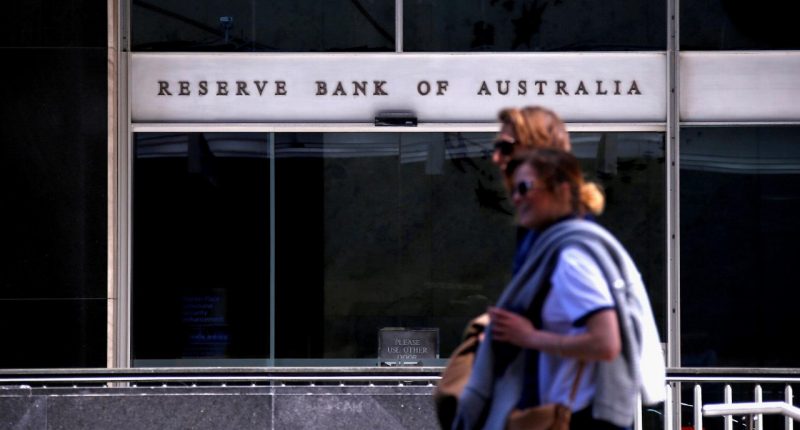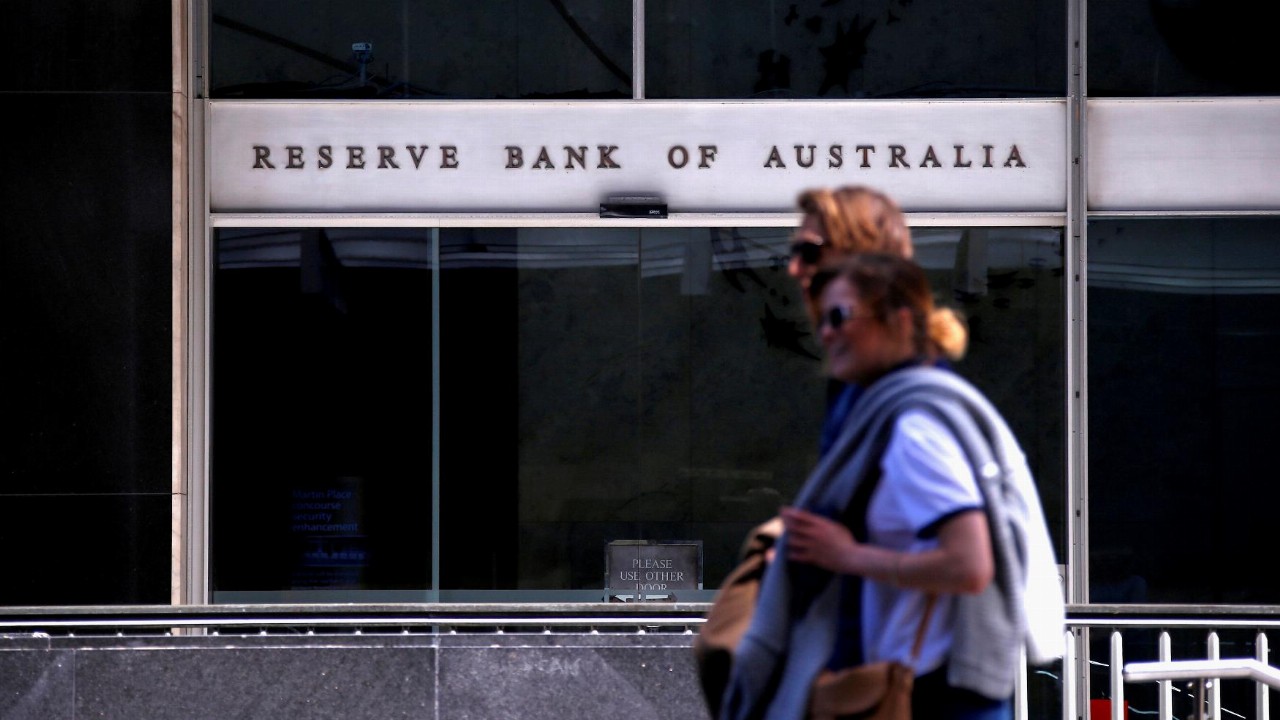- Australia’s economy will grow this year at its fastest pace since 2007, thanks to massive stimulus measures and a world-leading effort in containing the COVID-19 pandemic
- The U.K.’s economy contracted 10 per cent over the course of 2020, while Europe shrunk by more than six per cent and the U.S. by more than three per cent
- In comparison, Australia’s economy contracted by around 2.5 per cent and is now forecast to grow an average of 4.4 per cent this year
- Australia has now recovered all of the 878,000 jobs that were lost to lockdown restrictions, taking overall employment to a record 13.08 million
- This jump is likely to provide added comfort to policymakers at the Reserve Bank of Australia, which has made full employment a primary goal
According to a Reuters poll, Australia’s economy will grow this year at its fastest pace since 2007, thanks to massive stimulus measures and a world-leading effort in containing the COVID-19 pandemic.
While most major economies are battling a new wave of cases, Australia has been able to significantly limit its outbreak, counting only around 30,000 confirmed infections and 910 deaths.
As a result, authorities have been able to quickly ease restrictions and put the economy on a faster recovery path.
On average, the U.K.’s economy contracted 10 per cent over the course of 2020, while Europe shrunk by more than six per cent, Japan by five per cent and the U.S. by more than three per cent.
In comparison, Australia’s economy contracted by around 2.5 per cent and is now forecast to grow an average of 4.4 per cent this year, based on a poll of 34 economists conducted from April 6 to April 19.
It’s a much better projection than 3.5 per cent that was predicted in January, but not quite as much as the International Monetary Fund’s outlook of 4.5 per cent.
“The key dynamics shaping the outlook are a spending catch–up — the pent–up demand created by the temporary COVID-19 restrictions — and a strong tailwind from policy stimulus,” said Andrew Hanlan, a senior economist at Westpac.
“Australia’s success on the health front, along with the vaccine roll-out, has enabled the economy to reopen as most COVID-19 restrictions are wound back. Consumers and businesses are upbeat and are showing a willingness to spend, with confidence at historic high.”
The Westpac-Melbourne Institute index of consumer sentiment, which gauges the change in consumer confidence in economic activity, hit an 11-year high in April of 118.8 — an increase of 57 per cent compared to the same month last year.
Likewise, unemployment fell from 5.8 per cent in February this year to 5.6 per cent in March — an impressive recovery from a jobless rate of 7.5 per cent seen in July last year.
Australia has now recovered all of the 878,000 jobs that were lost to lockdown restrictions, taking overall employment to a record 13.08 million.
This jump is likely to provide added comfort to policymakers at the Reserve bank of Australia, which has made full employment a primary goal.
The RBA, which has cut its official cash rate to an all-time low of 0.1 per cent, was expected to leave interest rates hovering just above zero for several years, at least through 2022.
“With wages growth unlikely to climb above [two per cent] in the next two years, the RBA looks set to keep the cash rate on hold beyond the end of our forecast horizon,” said Felicity Emmett, senior economist at ANZ.
“RBA Governor Lowe has noted that ‘for inflation to be sustainably within the [two to three per cent] range, it is likely that wage growth will need to be sustainably above [three per cent]’,” she added.
“This hasn’t happened in eight years. Given our view on the wages outlook, we don’t expect inflation to lift above [two per cent] until 2023 at the earliest.”








